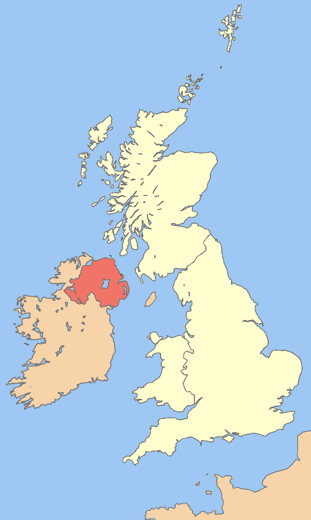Free Courses Sale ends Soon, Get It Now


Free Courses Sale ends Soon, Get It Now



Disclaimer: Copyright infringement not intended.
Context
What were The Troubles?
Historical Background
What is the Good Friday Agreement?
Terms of the Good Friday Agreement
Current status of the agreement
Must-Read Articles:
Windsor Framework: https://www.iasgyan.in/daily-current-affairs/windsor-framework
|
PRACTICE QUESTION Q) Good Friday Agreement in a way allowed all groups to stick to the points most precious to them, while agreeing on ending violence. Comment. (150 words) |
© 2024 iasgyan. All right reserved